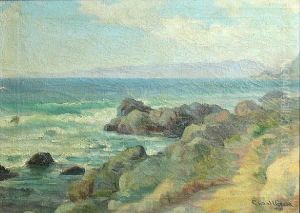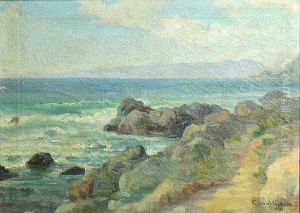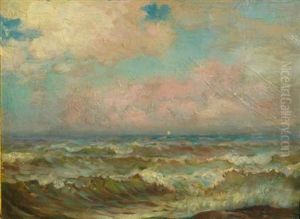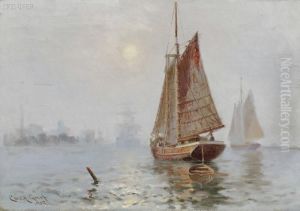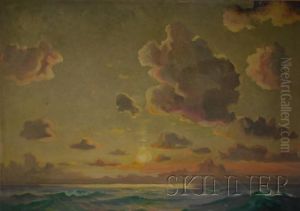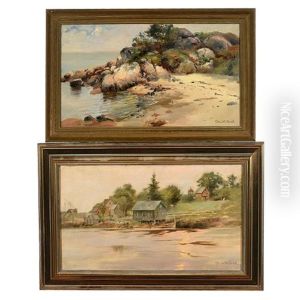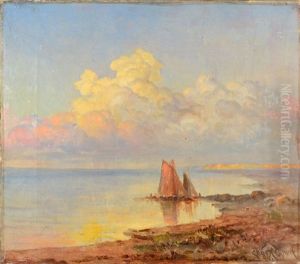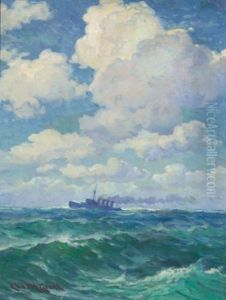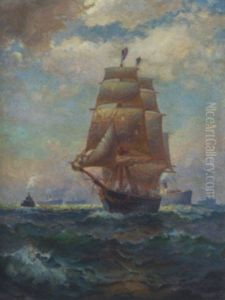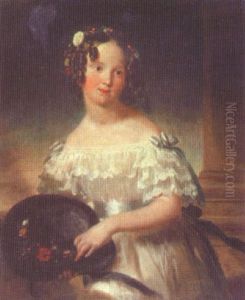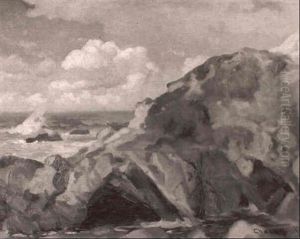Charles Henry Grant Paintings
Charles Henry Grant was an American artist born in 1901, known for his contributions to the field of commercial art and illustration. Although not as widely recognized as some of his contemporaries, Grant's work reflected the American zeitgeist of his time, especially through his advertising and magazine illustrations.
Grant's career spanned several decades during which he developed a distinctive style that blended realism with a touch of whimsy. His illustrations often featured everyday American life, capturing the optimism and growing consumer culture of the post-World War II era. He was adept at using color and composition to create dynamic images that were both engaging and accessible to a wide audience.
During the 1920s and 1930s, Grant honed his craft, contributing to various magazines and advertising campaigns. He became known for his ability to portray both the products and the ideals of the American dream, making him a sought-after commercial artist. His work was part of a larger movement that included artists like Norman Rockwell and J.C. Leyendecker, who defined the visual culture of their time through magazine covers, advertisements, and other forms of popular media.
In addition to commercial art, Grant occasionally delved into fine art, although this was not the primary focus of his career. He preferred the immediacy and broad reach of commercial illustration, enjoying the challenge of communicating with a mass audience. Throughout his career, he was able to adapt to changing styles and trends in the advertising world, ensuring that his work remained relevant and in demand.
Charles Henry Grant continued to work well into the latter part of the 20th century, and his illustrations remain a testament to the power of commercial art to shape and reflect societal values. He passed away in 1992, leaving behind a legacy of American illustration that continues to be appreciated for its charm and historical significance. While Grant may not have achieved the same level of fame as some of his peers, his work is an integral part of the tapestry of American visual culture.
